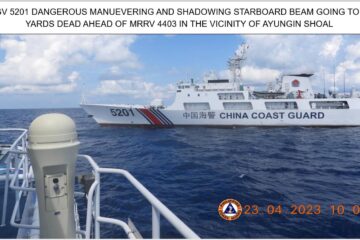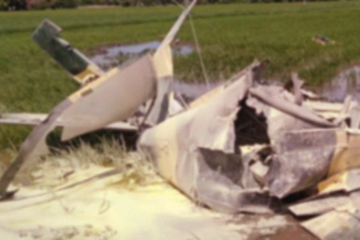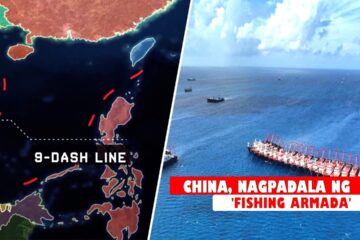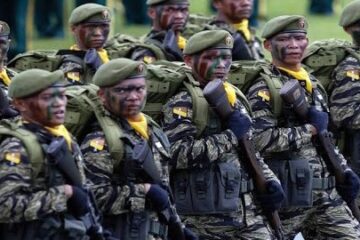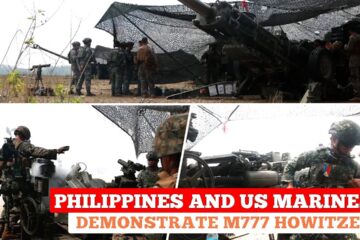MANILA – There is a big difference between “state of lawlessness” and martial law, Presidential Adviser on the Peace Process Jesus Dureza said Saturday.
“State of lawlessness under the Constitutional provision is separate and apart from the powers to declare martial law or suspend habeas corpus,” he said.
Earlier, President Rodrigo Duterte declared a state of lawlessness nationwide after a bomb ripped through a night market in Davao City, killing 14 people and injuring 71 others Friday night.
“State of lawlessness merely calls out the military or the Armed Forces of the Philippines to do law enforcement operations normally done only by the Philippine National Police. Precisely to suppress lawless violence. It is to complement and supplement the capability of the PNP. It does not suspend some rights,” Dureza said.
Presidential Spokesperson Ernesto Abella has said that the President’s decision to declare a state of lawlessness is constitutional and legal as it is rooted in Article VIII Section 18 of the Constitution which reads: “The President shall be the Commander-in-Chief of all Armed Forces of the Philippines and whenever it becomes necessary, he may call out such Armed Forces to prevent or suppress lawless violence, invasion or rebellion.”
Abella said the declaration is limited such that the Chief Executive can only call out the Armed Forces to suppress the lawless violence.
“It is a different case from the existence of invasion or rebellion. Only if there is invasion or rebellion, and when public safety requires it, can he suspend the writ of habeas corpus or declare martial law,” he added.
The Palace official called on the people to “remain alert to the activities of those who wish to create chaos and prayerfully agree for peace to reign in the land”.
“It takes a courageous and united people who complain less and do more to build the nation we dream of and deserve,” he said. (PNA)












